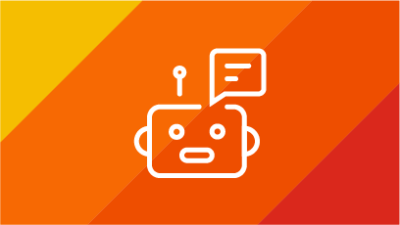Course Activities Designed for Authentic Student Work
Redesigning Activities
Numerous course design and teaching strategies have emerged in response to generative AI. Some strategies include:
- Explain the purpose of the activity, and what skills and knowledge the student should gain by doing the work authentically.
- Remind students of your expectations about generative AI use in your course.
- Design activities to focus most on the skills of creating, evaluating, analyzing, and applying their knowledge. Focus less on activities that are about recall.
- Scaffold major assignments to include project proposals/outlines, multiple drafts, annotated bibliographies. Include formative feedback at each stage.
- Focus on research skills, the process of creating, the process of learning, and the expression of original thought.
- Specify the types of source materials students should use, including some that are very specific to the assignment, such as field specific journal articles that require authentication, data collection and analysis when relevant, or client assessment for field assignments. Reiterate citing sources and talk about what makes a quality source.
- Ask students to engage in and submit a reflection about what they have learned from completing the assignment. Sample prompts include: a) Discuss the most challenging and most rewarding aspects of your project. b) What was the most surprising thing you learned in the course of this project? c) If you had the chance to do it again, what one thing would you have done differently on this project?
- Have students work on peer editing and peer commentary as part of the evaluation/writing process, so that they have to comment and make suggestions and respond to other students' writing.
- Building Academic Integrity into Your Course describes other strategies for improving the academic integrity culture in your course and leveraging myCourses Quiz tool settings to promote academic integrity.
Contact the Center for Teaching and Learning for a consultation on course-specific assignments, course design, and teaching strategies.
Detecting AI Use
There are several “AI detectors” that purport to tell you whether something has been generated by artificial intelligence. It is important to note that these detectors are often only capable of predicting with some likelihood that something is AI-generated and are often wrong (Review Note about Turnitin AI Detector below). Additionally, AI models are constantly improving and new tools are available all the time, so AI detectors may not be able to keep up with advancements. Furthermore, generative AI is starting to be integrated into many of the everyday tools that students use, so AI-generated content within a file may be so interwoven with human-generated content that it is undetectable. As such, it is important to not rely on these tools for the purposes of your class. Instead, the CTL recommends pursuing the redesign recommendations earlier on this page as well the recommendations about GenAI Syllabus Statement Guidance.
Note about Turnitin AI Detector
After much discussion and research, RIT has decided to remove the AI detection feature within Turnitin on May 13, 2024. The following concerns were found with this feature:
- Instructors have no way to double check the validity of the results before talking with students. With AI-generated text, there is no proof or record trail to follow; only probabilities of patterns. This is in contrast to the Similarity Check in Turnitin, where instructors can review the matched source and confirm the similarity or not for themselves.
- The students do not see the score, and do not have an RIT-vetted and supported tool to check their own work against an AI detector. This makes the AI detector feel more like a policing tool, not an educational tool because students cannot benefit from knowing details about their paper before the final result. Students may not even know the AI detector was run on their content and may be surprised by the result when approached by an instructor.
- Errors in classification and inconsistent classification create a false sense of being able to monitor students with little benefit to instructors.
- Unlikelihood that AI detectors will ever be able to stay current with the generative AI tools. Standard office and productivity tools we use everyday are adding AI into their tool, therefore making AI use even harder to detect. In addition, the models will get better and more human-like, resulting in it being harder to detect human patterns versus computer patterns.
- The ease of being able to fool an AI detector with prompt engineering and minor modifications to AI-generated text. A dishonest student with a little effort can go undetected.
Please note that all other features of RIT's Turnitin instance, including Similarity Checking, Draft Coach for Google Docs, and Feedback Studio will remain active.
Last Updated: 4/23/2024






